The world is a magnificent canvas, painted with a myriad of breathtaking landscapes and phenomena that defy the imagination. From the deepest oceans to the highest peaks, our planet offers a gallery of natural wonders that beckon to the adventurer within. These aren't just places to see; they are experiences to be felt, moments that connect us to the raw, untamed power of the Earth. A journey to witness these spectacles is more than a vacation; it's a pilgrimage to the heart of what makes our world so uniquely beautiful. It's an opportunity to stand in awe of nature's grand design, to be humbled by its scale, and to be inspired by its resilience.
Embarking on such a journey requires careful planning, from booking flights and accommodations to securing the little details that make a trip seamless. A great trip starts with a smooth departure, and services like ParkingNearAirports.io can be a lifesaver, especially when you need a convenient and secure spot for your car. They offer everything from reliable long-term garage options to competitive airport parking promotion deals, ensuring your vehicle is well-cared for while you're away. Whether you're planning a week-long escape or an extended adventure requiring airport parking monthly, knowing your logistics are handled frees you to fully immerse yourself in the anticipation of the wonders to come. With the details handled, it's time to embark!
So, are you ready to witness the planet's greatest spectacles?
The Great Barrier Reef (Australia)
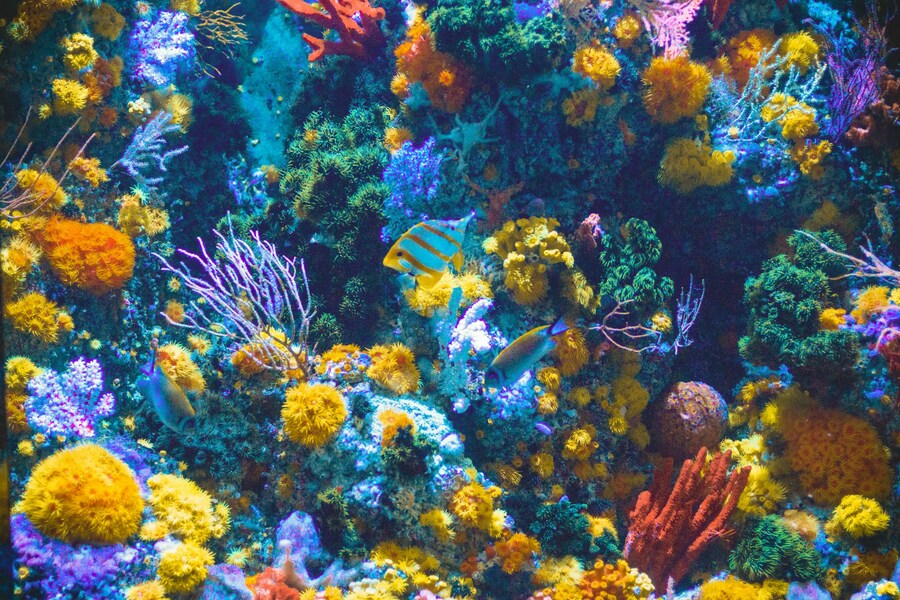
Source: Shaun Low/Unsplash
Stretching over 2,300 kilometers along the coast of Queensland, Australia, the Great Barrier Reef is a living, breathing testament to the complexity and fragility of marine ecosystems. This colossal structure is the largest coral reef system on Earth, visible even from outer space. Beneath the surface, a kaleidoscopic world awaits. Thousands of species of fish, from the vibrant clownfish to the majestic manta ray, glide through intricate coral gardens that pulse with life. Giant clams open and close their iridescent shells, and sea turtles, some of the most ancient creatures on the planet, meander gracefully through the clear, warm waters.
To experience the reef is to engage in an otherworldly ballet of color and motion. Snorkeling and scuba diving are the most popular ways to get up close and personal with its inhabitants. The sheer diversity is staggering; there are over 1,500 species of fish, 411 types of hard coral, and 134 species of sharks and rays. Beyond the underwater exploration, you can take a scenic flight for a panoramic view of the reef's sprawling beauty, or relax on one of the pristine sandy cays dotted throughout the system. The marine park authorities and tour operators are dedicated to conservation, so a trip here is often an educational experience, highlighting the importance of protecting this UNESCO World Heritage Site from the threats of climate change and pollution.
The Aurora Borealis (Northern Hemisphere)
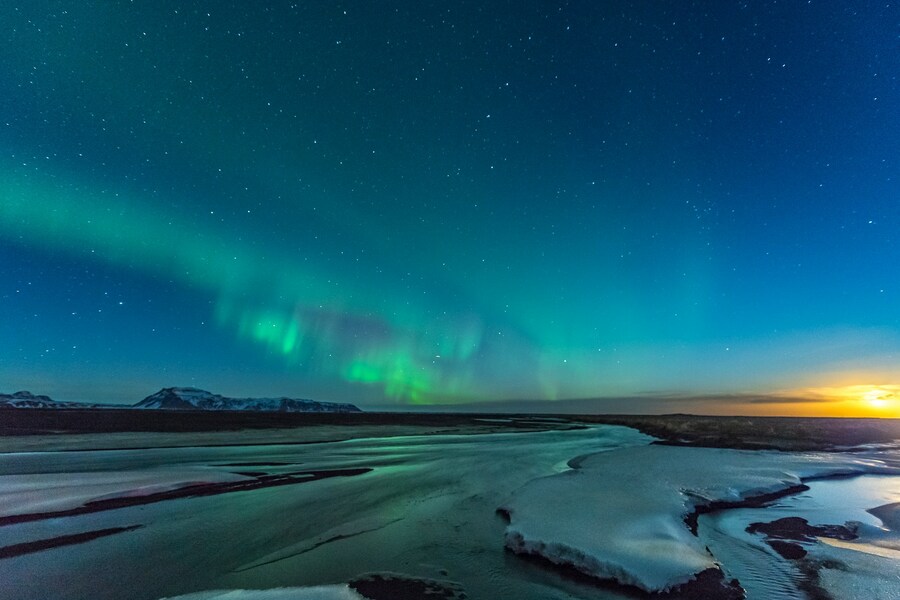
Source: Ken Cheung/Unsplash
In the crisp, dark skies of the high northern latitudes, a celestial light show takes place. The Aurora Borealis, or Northern Lights, is a mesmerizing dance of green, pink, and purple hues that ripple across the night sky. This natural phenomenon is caused by solar particles colliding with atoms in the Earth's atmosphere. The result is an ethereal display that feels both mystical and deeply scientific. The best places to witness this spectacle are in countries like Norway, Iceland, Finland, Canada, and Alaska, where long, dark winter nights provide the perfect backdrop.
Chasing the lights requires patience and a bit of luck. It's an experience that's entirely at the mercy of the weather and solar activity. Many travelers choose to join guided tours, where experts take them to remote locations away from light pollution. Imagine yourself wrapped in a warm blanket, sipping hot cocoa in a snow-covered landscape, as the sky above you begins to glow with an otherworldly light. The experience is often silent, amplifying the magic of the moment. It's a humbling reminder of our place in the cosmos, a visual connection to the immense energy of the sun and the protective shield of our planet's magnetic field.
Victoria Falls (Zambia/Zimbabwe)
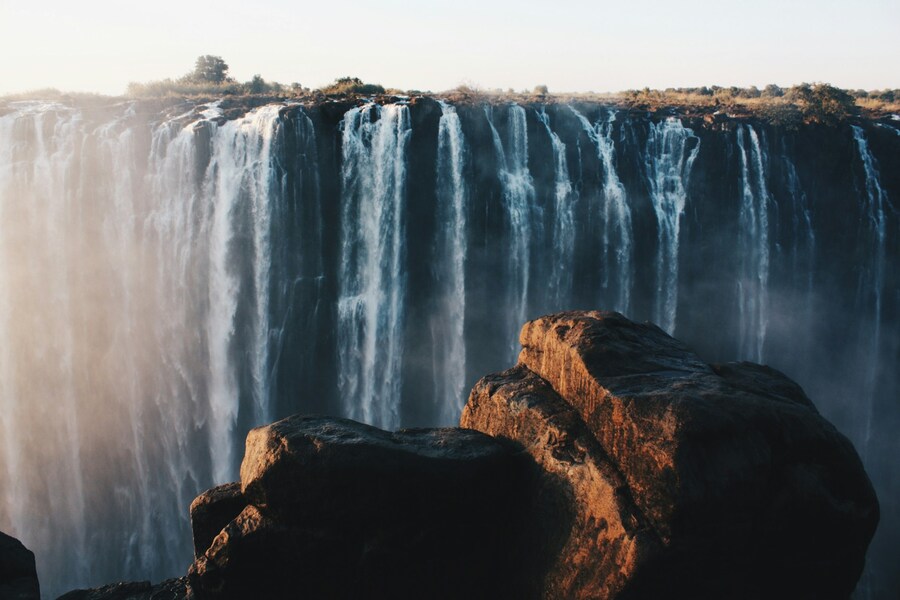
Source: Tanner Marquis/Unsplash
Known locally as Mosi-oa-Tunya, or "The Smoke That Thunders," Victoria Falls is a geological marvel that truly lives up to its name. Located on the border of Zambia and Zimbabwe, this is the largest waterfall in the world by the width of its flowing sheet of water. The Zambezi River plummets over a 108-meter high cliff, creating a misty spray that can be seen from miles away and a thundering roar that's felt long before it's heard. The sheer power of the water is breathtaking, creating a permanent mist and a unique micro-climate that supports a lush rainforest ecosystem right beside the falls.
A walk along the narrow path opposite the cascade offers a full frontal view of the falls, often accompanied by a refreshing soaking from the spray. For the more adventurous, there are opportunities for white-water rafting on the Zambezi River below the falls or taking a dip in the Devil's Pool, a natural rock pool at the edge of the falls where daredevils can swim safely during the low-water season. A helicopter or microlight flight provides a spectacular aerial perspective, allowing you to appreciate the full scale of the chasm and the intricate network of gorges carved out over millennia.
Mount Everest (Nepal)
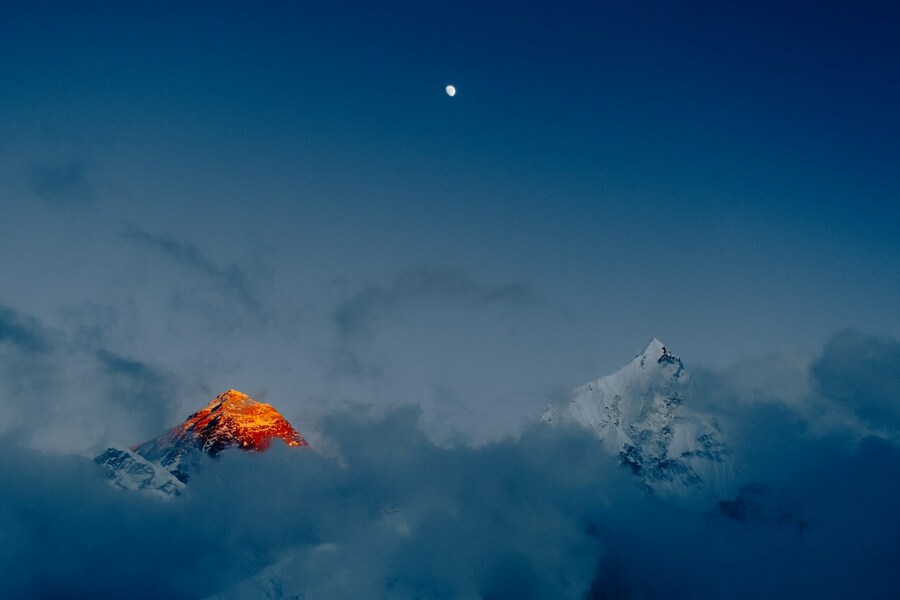
Source: Tim Hopf/Unsplash
Standing at an incredible 8,848.86 meters above sea level, Mount Everest is the world's highest peak. While most people won't attempt the summit climb, the journey to Everest Base Camp (EBC) is an epic trek that offers an unforgettable glimpse into the Himalayan wilderness. This pilgrimage takes you through Sherpa villages, ancient monasteries, and across suspension bridges festooned with prayer flags. The landscape transforms from verdant foothills to stark, snow-capped peaks, and the air becomes crisp and thin.
The trek to EBC is a test of endurance and spirit, but the rewards are immeasurable. You'll be surrounded by some of the most awe-inspiring mountain scenery on Earth, with panoramic views of Ama Dablam, Lhotse, and Nuptse. Reaching Base Camp itself is a triumphant moment, a milestone that connects you to the history of mountaineering and the indomitable human spirit. The culture of the local Sherpa people, renowned for their climbing prowess and hospitality, is an integral part of the experience, offering a window into a way of life deeply intertwined with these magnificent mountains.
The Galápagos Islands (Ecuador)
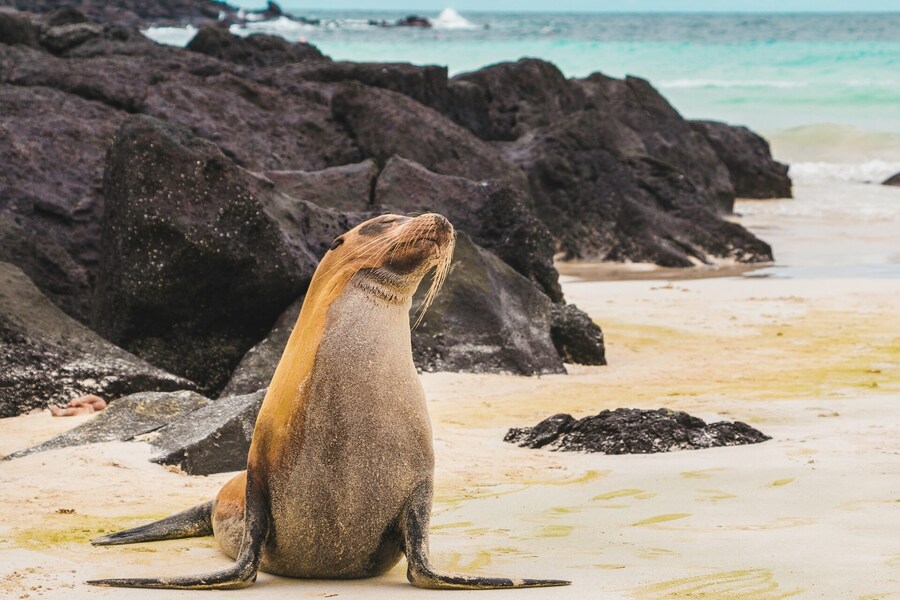
Source: Amy Perez/Unsplash
Located about 1,000 kilometers off the coast of Ecuador, the Galápagos Islands are a living laboratory of evolution. This volcanic archipelago is home to a unique collection of flora and fauna, many of which are found nowhere else on Earth. It was here that Charles Darwin conducted his groundbreaking research, leading to his theory of natural selection. The animals on the islands have evolved without fear of humans, making for an extraordinarily close and intimate wildlife experience.
A visit to the Galápagos is a journey back in time, a chance to witness nature in its purest form. You can walk amongst giant tortoises, watch blue-footed boobies perform their comical mating dance, and observe marine iguanas sunbathing on the volcanic rocks. Snorkeling and diving reveal a vibrant underwater world, where sea lions playfully twirl around you and penguins zip through the water. The islands are strictly protected, and tourism is managed to minimize environmental impact. A typical trip involves island-hopping on a small cruise ship, guided by a naturalist who can explain the intricate ecosystems and evolutionary history of each unique locale.
The Amazon rainforest

Source: David Clode/Unsplash
Spanning 9 South American countries, the Amazon is the world's largest rainforest and a vital lung for the planet. This immense, verdant wilderness is a biodiversity hotspot, home to an estimated 390 billion individual trees and a staggering array of plant and animal species. A journey into the Amazon is an immersion in a symphony of sounds, from the chirping of insects and the calls of exotic birds to the rustling of leaves and the distant roar of a jaguar.
Exploring the Amazon is an adventure into the unknown. You can travel by canoe down winding rivers, hike through dense jungle trails, and stay in eco-lodges that blend seamlessly with the environment. Guides, often indigenous to the area, share their profound knowledge of the rainforest, pointing out camouflaged creatures and explaining the medicinal properties of plants. You might spot sloths hanging from branches, colorful macaws soaring overhead, or the elusive pink river dolphin. The experience is a powerful reminder of the intricate web of life and the urgent need to protect this precious ecosystem from deforestation and other threats.
The Dead Sea (Jordan/Israel)
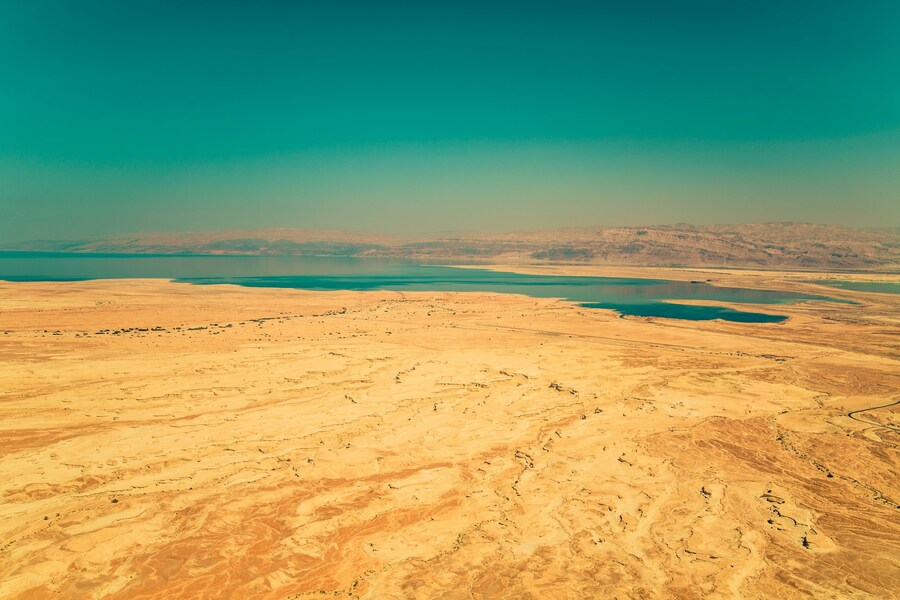
Source: Sammy Leigh Scholl/Unsplash
Tucked between Jordan and Israel, the Dead Sea is one of the world's most unique bodies of water. This hypersaline lake is over 430 meters below sea level, making it the lowest point on Earth's dry land. The mineral-rich water is so dense with salt that it's impossible to sink, allowing you to float effortlessly on its surface. This unique sensation is both surreal and therapeutic.
People have flocked to the Dead Sea for centuries to experience the healing properties of its mineral-rich mud and waters. The black mud, often caked on the skin, is believed to have restorative benefits. Beyond the float, the surrounding landscape is a stark and beautiful desert. A visit can be complemented by exploring the nearby ancient city of Petra in Jordan or the Masada fortress in Israel, adding a historical and cultural layer to this natural wonder. The Dead Sea isn't just a place for relaxation; it's a geological curiosity and a health retreat all in one, offering a truly distinctive and memorable experience.
Conclusion
From the vibrant depths of the Great Barrier Reef to the silent majesty of the Himalayan peaks, and from the celestial light show of the Aurora Borealis to the buoyant waters of the Dead Sea, these natural wonders offer more than just a feast for the eyes. They are invitations to connect with the planet on a deeper level. Each location tells a unique story of geological forces, evolutionary processes, and the delicate balance of life. Experiencing them firsthand can inspire a profound sense of awe and a renewed commitment to preserving the natural world for future generations. So, pack your bags, prepare your heart for wonder, and set out on a journey to witness the true magic of our planet!






